Why the Need for a New State-Owned Automaker?
![]() 07/30 2025
07/30 2025
![]() 550
550
The newly established state-owned automaker embarks on a pivotal mission.
On July 29, China Changan Automobile Group Co., Ltd. was officially inaugurated in Chongqing, marking its status as the third new state-owned automaker under SASAC, following FAW and Dongfeng.
Many may wonder why Changan Auto was chosen at this juncture to become a standalone state-owned automaker, rather than merging with Dongfeng Auto as previously speculated. Given the intense competition in the automotive industry, does the domestic market genuinely require another state-owned automaker?
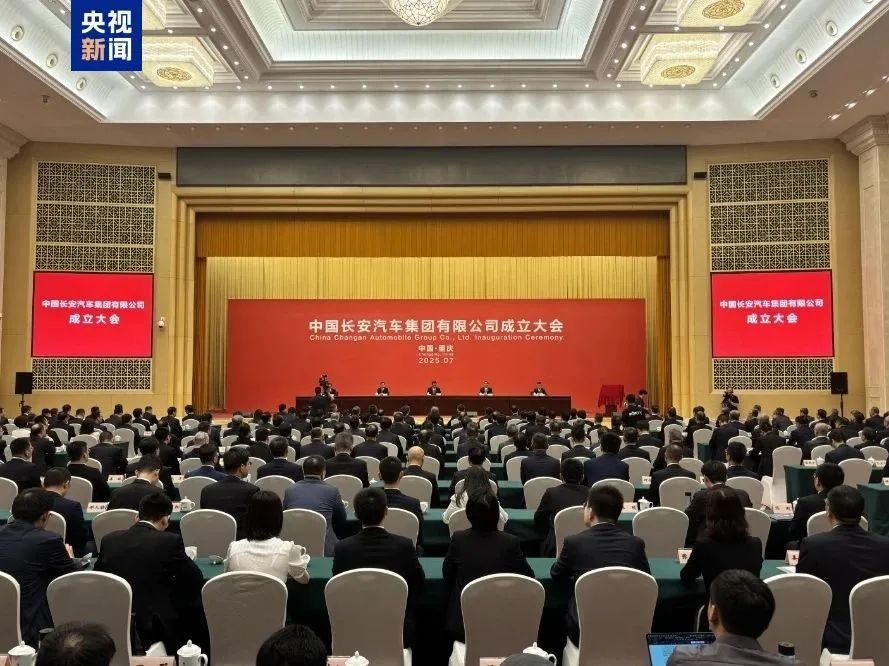
Before addressing this question, let's consider another newly established state-owned enterprise. On July 19, the hydropower project at the lower reaches of the Yarlung Zangbo River commenced, heralding the debut of China Yajiang Group Co., Ltd. Yajiang Group's primary task is to construct and operate five cascade hydropower stations, a project three times the scale of the Three Gorges Hydropower Station. Besides power generation, this project holds significant strategic importance.
Similarly, the establishment of the third directly-affiliated state-owned automaker aims to bolster the driving force of state-owned enterprises in the new energy vehicle landscape.
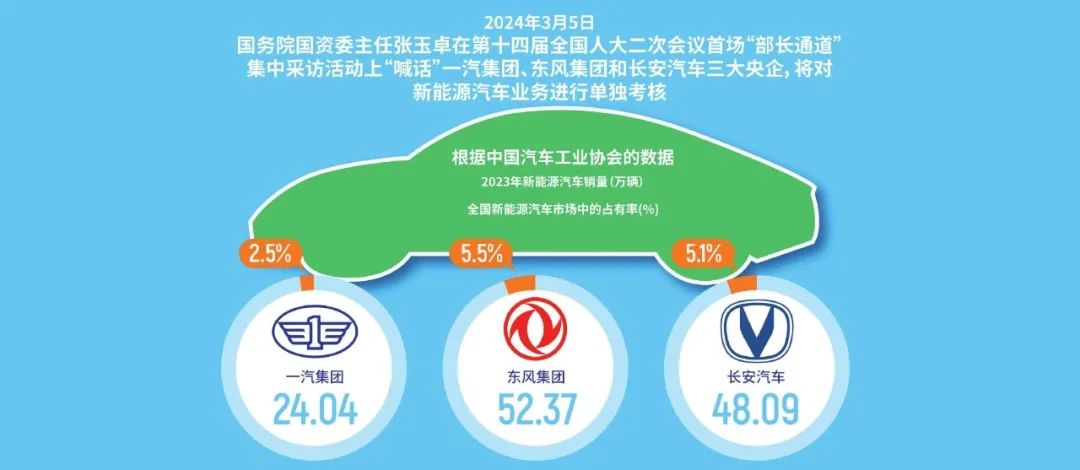
Recently, SASAC released the 2024 annual performance evaluation rankings of central enterprises, with China South Industries Group Corporation (CSGC), previously home to Changan Auto, outperforming Dongfeng Auto and FAW, securing a six-place lead.
In early 2024, SASAC Director Zhang Yuzhuo stated during the Two Sessions that the new energy businesses of the three state-owned automakers would be evaluated separately, and short-term profits would no longer be the sole criterion, signifying a deregulation for these automakers.
Among the 2024 performance results, the three automakers presented vastly different outcomes. Dongfeng Auto topped the sales chart with 861,000 vehicles but fell short of its target of 1 million vehicles, achieving only 86%.

Changan Auto sold 734,600 new energy vehicles, ranking second, closely trailing its initial target of 750,000 vehicles, with an achievement rate of 97.9%, the highest among the three.
FAW Group sold 339,000 new energy vehicles, missing its target of 500,000 vehicles, achieving only 67.8%, barely meeting expectations.
This performance review indicates that, although Changan Auto ranks lower than FAW and Dongfeng in overall sales, it leads in new energy vehicle development.

These differences stem from the varying development strategies of the three automakers. FAW excels in the commercial vehicle segment and boasts two significant joint ventures, FAW-Volkswagen and FAW Toyota, which significantly contribute to sales.
Dongfeng Auto's situation mirrors that of FAW Group, with Dongfeng Honda and Dongfeng Nissan as its joint venture partners, primary contributors to passenger vehicle sales.
In contrast, Changan Auto currently only has two remaining joint venture brands, Changan Mazda and Changan Ford, whose market share has plummeted, offering minimal additional sales support. This has, to some extent, reduced resistance to Changan Auto's transition to new energy, making it the fastest among the three state-owned automakers.
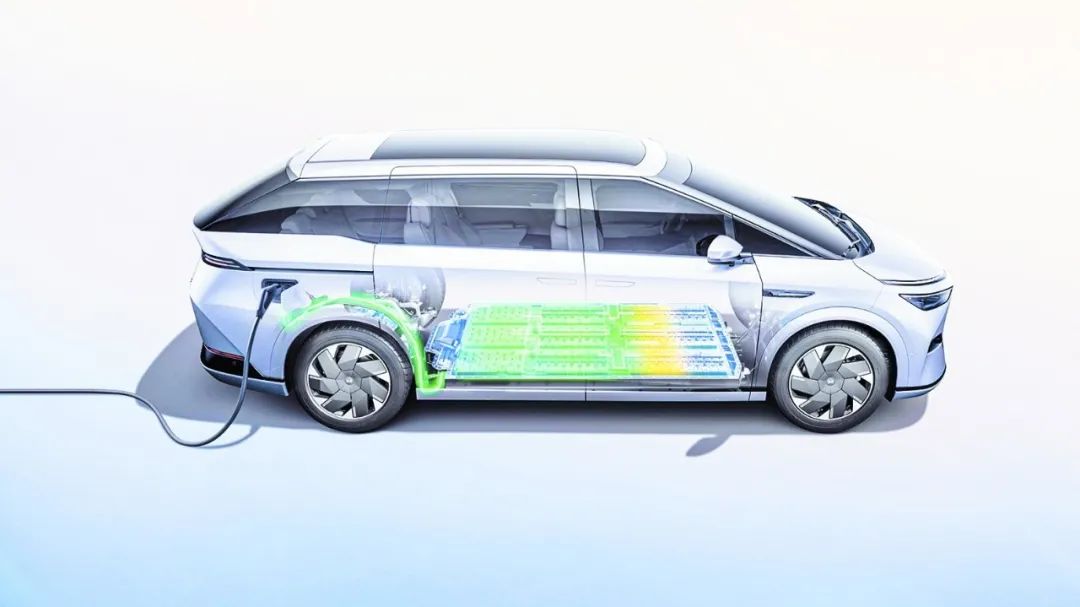
Meanwhile, the domestic automotive market has undergone significant changes. On one hand, the penetration rate of new energy vehicles continues to rise, reaching 44% in the first half of this year. Conversely, the performance of the three state-owned automakers lags to some extent.
On the other hand, the development of new energy vehicles has revealed inappropriate issues, with intensifying internal competition and widespread profitability challenges, indicating an unhealthy development model.
To address these issues, automakers with outstanding performance must take the lead. Local state-owned enterprises and private enterprises are not suitable choices, particularly as many new automakers continue to face setbacks, adversely affecting the market.
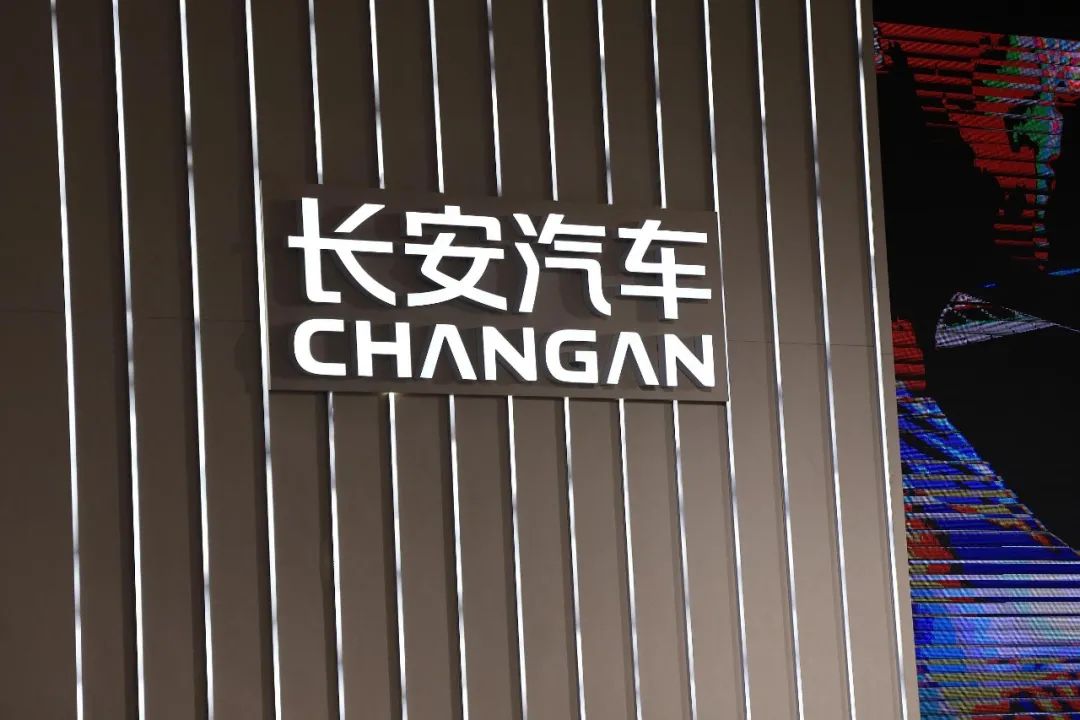
Earlier this year, rumors circulated that Dongfeng Auto would merge with Changan Auto to form a new automaker. Given their sizes, this would have created a state-owned automaker larger than FAW Group.
However, the merger seemed to stall. Notably, in June, China Changan Automobile Group Co., Ltd., responsible for parts production, changed its name to Chenzhi Technology Co., Ltd., leading outsiders to believe it was to facilitate the merger.
Now, it appears this move was actually to prepare for Changan Auto's name change as an independent new state-owned automaker.
The collapse of the merger may be attributed to the size disparity between the two parties. With the announcement of half-year sales, Changan Auto not only increased its sales volume to 1.355 million vehicles but also significantly boosted its new energy vehicle share to 33.1%, totaling 448,000 vehicles. More importantly, Changan Auto's profitability in the new energy sector increased by 20% compared to 2024.
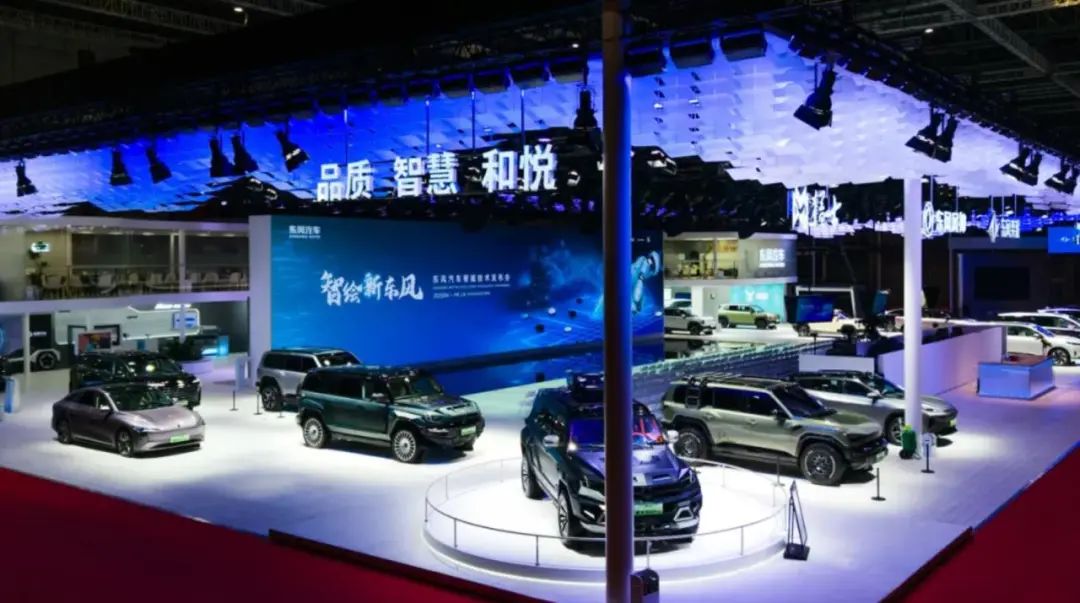
Dongfeng Auto sold 1.116 million vehicles in the first half of the year, with 402,000 new energy vehicles, lagging behind Changan Auto in scale. The sales gap between the two is difficult to bridge through administrative means.
According to rumors, some Dongfeng Auto insiders opposed the merger, fearing they would lose their dominant position post-merger, thus pushing for Changan Auto to become an independent state-owned automaker.
While rumors should be taken with a grain of salt, it's more plausible that SASAC is undertaking a new reform of its affiliated state-owned automakers, precisely dividing CSGC, separating military industrial enterprises from automotive enterprises, and enhancing corporate management and market competitiveness.
After years of development, the three state-owned automakers have established an industrial layout centered around Changchun, Wuhan, and Chongqing. Under the new energy paradigm, there is an even greater need to foster industrial upgrading. Elevating Changan Auto can further bolster its initiative and accelerate the development of the new energy automotive industry in Chongqing and the entire western region.
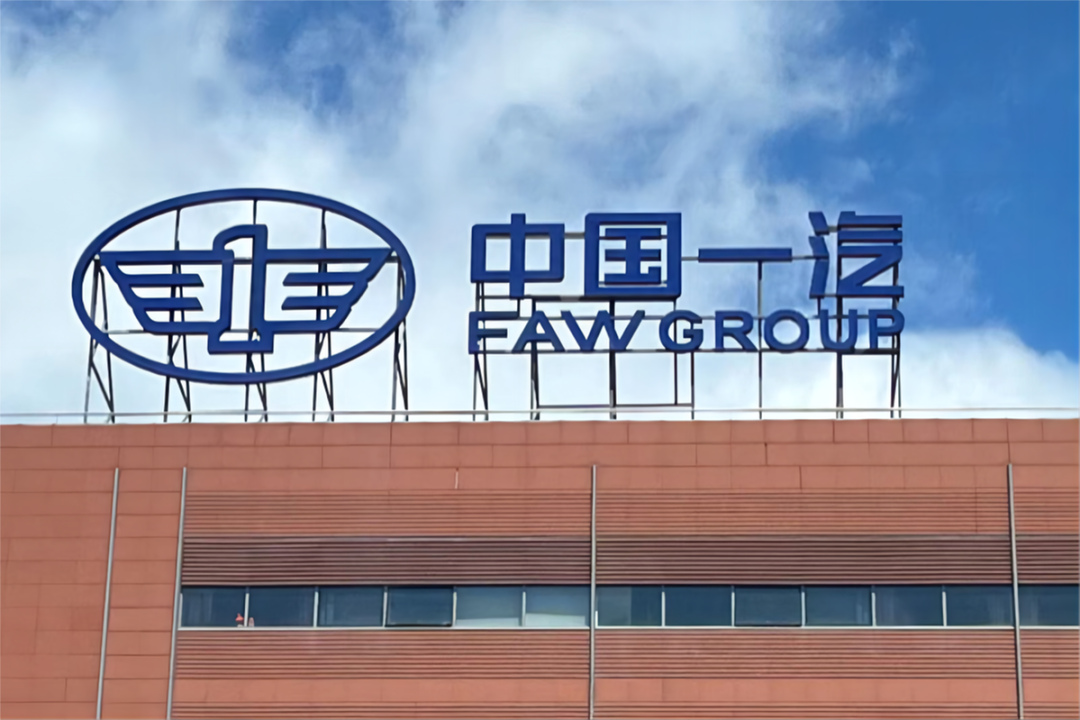
This is part of a broader reform of state-owned automakers. Besides Changan Auto's upgrade, reforms have been underway since late 2024, with significant personnel transfers within FAW Group.
In June this year, Dongfeng Auto integrated its multiple new energy brands and established E-Trip Technology, centralizing production, research and development, and sales. It also appointed several technical leaders.
With Changan Auto's upgrade, all three SASAC-affiliated state-owned automakers have undergone reforms to adapt to the new era.
This also fosters a balanced development among the three enterprises, elevating them to the same level as state-owned automakers and competing on an equal footing, shifting competition in the domestic automotive market from low-quality internal rivalry to high-level technological competition.
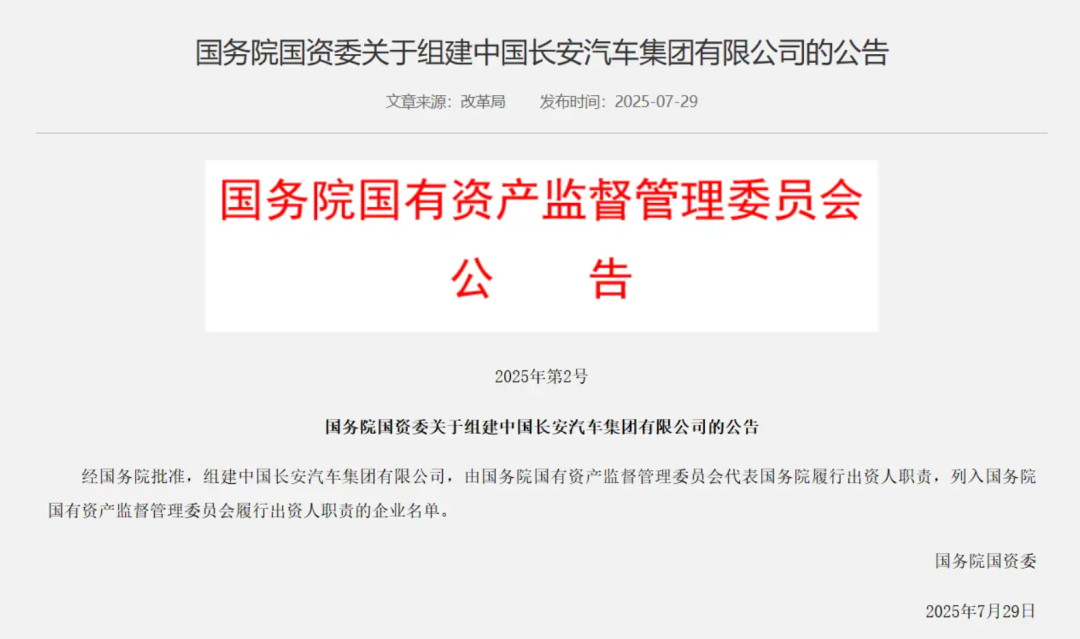
However, as an independent new state-owned automaker, Changan Auto faces new challenges. The first is adjusting its internal organizational structure. On July 29, only the list of main executives was announced, with no details on the organizational structure. It remains to be seen whether the upgrade will impact the existing management system.
On July 30, the core management team of the newly established group will make its debut, and the heads of various sub-brands will present the performance for the first half of 2025 and business plans for the second half.
Furthermore, although Changan Auto doesn't need to consider joint venture brands like FAW and Dongfeng, there's still a gap in its new energy penetration rate compared to industry leaders. Additionally, fuel vehicles remain a crucial revenue source for Changan Auto.
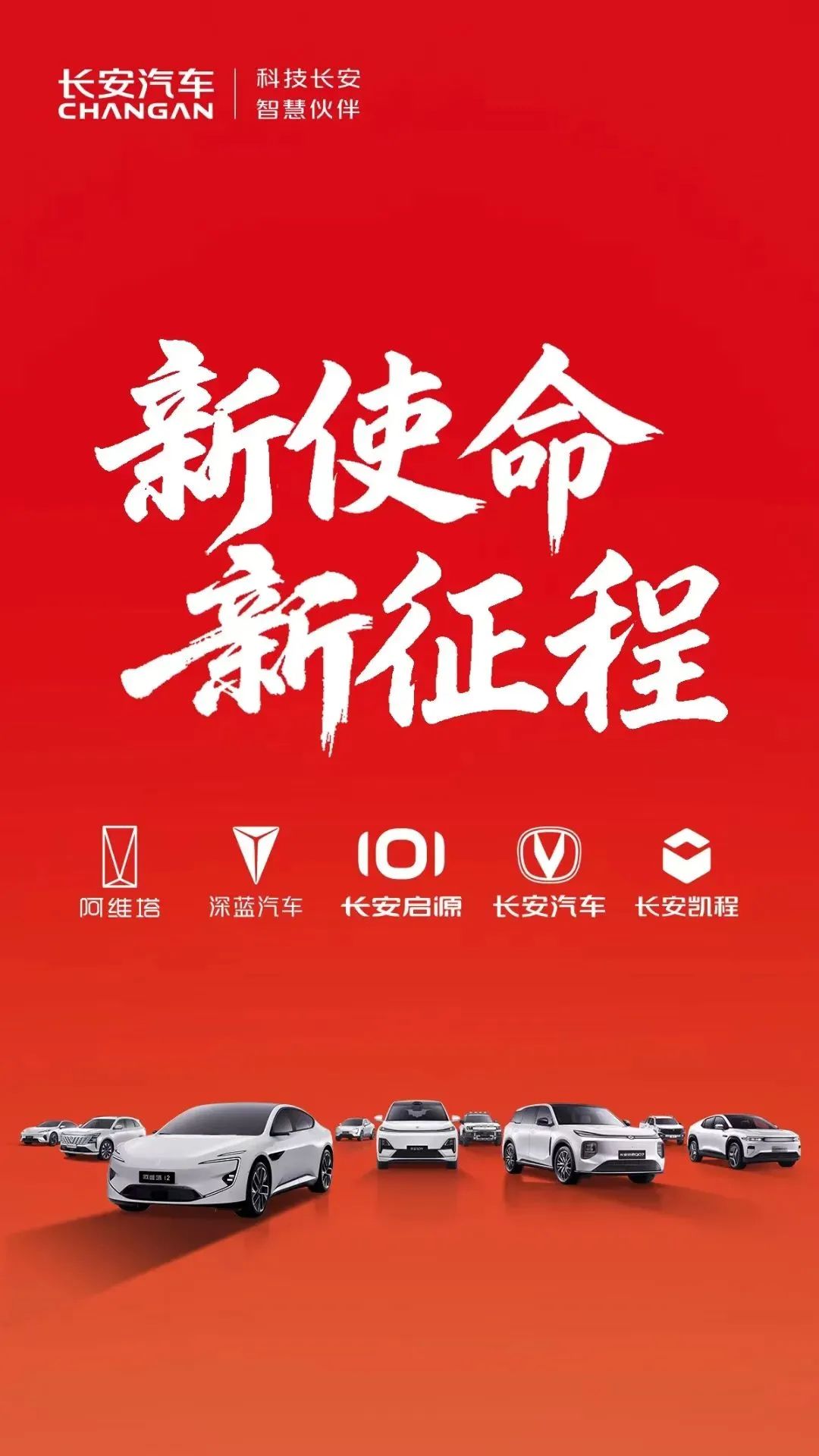
Changan Auto must navigate the conflict between new energy development and fuel vehicle business, balancing production capacity and research and development investments.
The establishment of the new Changan is merely the beginning, with more critical competitions ahead. Changan must not only maintain its lead in the new energy transition among state-owned automakers but also increase its share in the domestic new energy market, underscoring the effectiveness of state-owned enterprise reform.
In essence, the new Changan marks a fresh start, accompanied by new responsibilities and missions.
Note: Some images are sourced from the internet. If there is any infringement, please contact us for removal.
-END-





